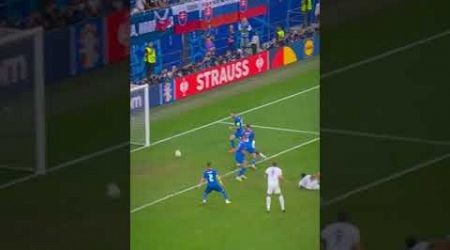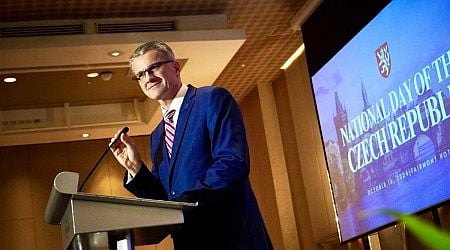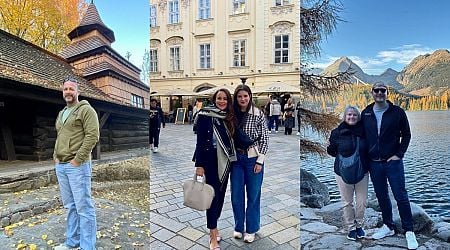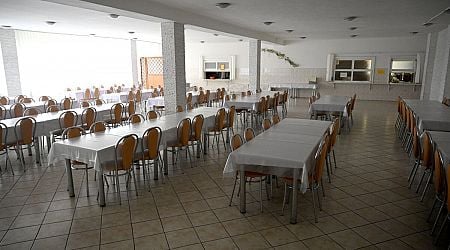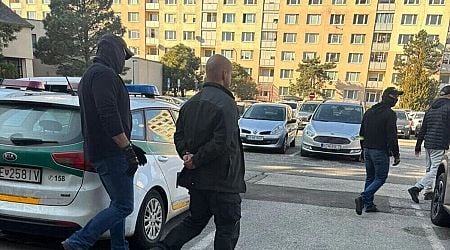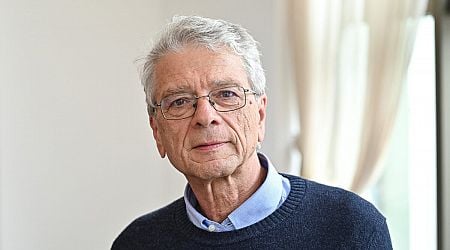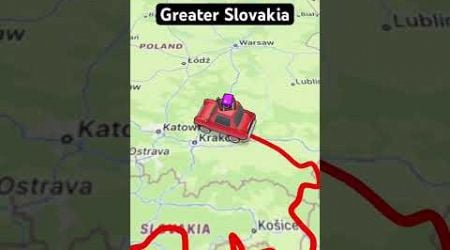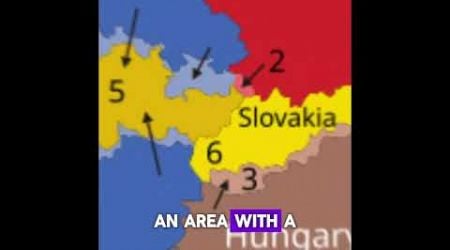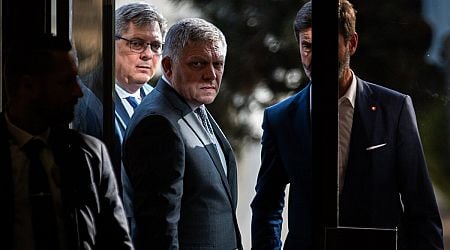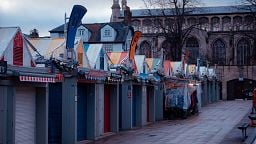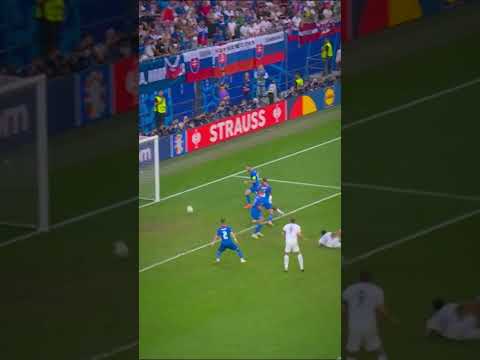Ecology and fragility of ageing male body. What is Photography Month about this year?
Five-must-seen exhibitions from Photography Month

Traditionally, November in Bratislava has belonged to photography. The 34th year of Photography Month offers almost 30 exhibitions by photographers from around the world. This year the festival focuses on two main themes: ecology and mental health. Exhibitions touching on these themes are presented in the World Natural Heritage and Enter the Void – About Mental Health blocks.
Photography Months
Duration: 1-31 November
Venue: a range of galleries and exhibition premises
Admission: the festival pass cost €15. About one half of the exhibitions are free of charge
Website: www.mesiacfotografie.eu, including a map with addresses of individual exhibitions.
The festival is accompanied by the festival OFF Bratislava, a platform for new talents from the photography scene. Its 15th edition, entitled PERSONA INCOGNITA, delves into the complexity of veiled identities and hidden characters. It explores themes of cognition and self-discovery, taking place at the second floor of the Prior department store, Kamenné námestie 1, from November 8 until 22.
“We need to talk about World Natural Heritage all the time, perhaps more than cultural heritage. Without preserving the former, there cannot be the latter,” explains Václav Macek, festival director, as to why they chose the theme of biodiversity conservation, promoting greater sensitivity to the effects of climate change, as the central theme of the 34th edition of Photography Months. “We have not only based the composition of this programme block on the apocalyptic consequences of the Anthropocene, but we have also included works by artists who awaken the viewer’s awareness and capacity to marvel at the wonders of nature.”
Of the five exhibitions in the World Natural Heritage block, Macek highlights the Beyond the Water’s Surface exhibition, in which Peter Áč shows his photographs of underwater life in the Danube, and the exhibition of the American artist Beth Moon, who photographs trees around the world. The latter is accompanied by smaller, regarding space, exhibitions: The Human Footprint of images taken from satellites showing the absurd beauty of human interventions on Earth, such as the diamond mines in Botswana; and Beyond Reality depicting the waste generated by humans in appealing patterns.
Nevertheless, the festival is to mark environmental issues through photographic qualities, not activism.
“First and foremost, we want the viewer to have an experience from the exhibition,” said Macek.
The Enter the Void theme responds to an increasingly perceptible social problem today.
“Our ambition is to evoke a sense of belonging with those who are going through similar problems as the photographers’ heroes,” said Macek.
The works of Matúš Zajac from Slovakia, Max Kandhola from Great Britain and Anders Peterson from Sweden explore not only the severe consequences of disability, but also the challenges of ageing and the realities of life in a social service home.
“Our goal is to foster a sense of connection with those who face similar struggles as the subjects of these artists’ works,” the festival catalogue reads.
Distant Proximity presents Matúš Zajac's project from 2003 about mentally disabled people living in the closed spaces of social service institutions. No One Has Seen It All is an intimate photographic series which Petersen took in a psychiatric hospital in Stockholm.
“It’s an effort to open the door for the viewer to understand people suffering from trauma or depression,” said Macek.
Five must-see exhibitions selected by The Slovak Spectator:
1. Martin Parr: The Chronicler
3. Max Kandhola: The Embodiment of the Ageing Male Body
4. Peter Áč: Beyond the Water’s Surface
5. Beth Moon: The Immortality of Trees


















